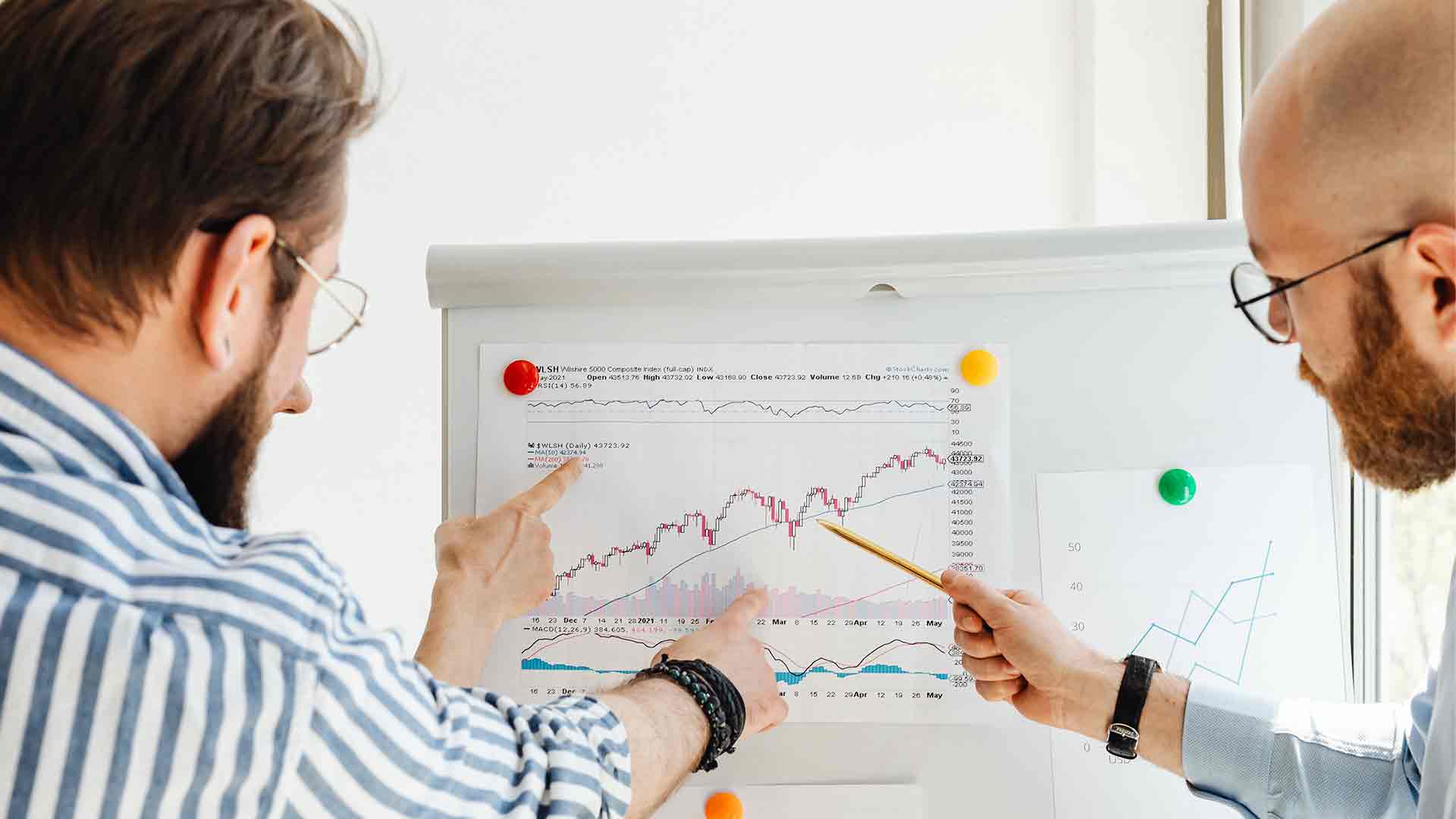Copyright
- Copyright protects original artistic, musical, dramatic and literary works, including computer programmes and also broadcasts and recordings.
- Copyright exists automatically when you create something original.
- Copyright protects the expression of an idea, not the idea itself, it stops people “copying” another's work.
- If your business creates data, you might find it useful to know that the Courts have given copyright protection to certain types of lists of data such as tables, compilations and databases. A higher originality test does apply. The selection or arrangement of the data contents must be original and shown to be the result of the author's intellectual creation. It is a difficult test to pass but it is worth bearing in mind.
Software and Copyright
- Copyright is the most significant intellectual property right in relation to software and the Copyright, Designs and Patents Act 1988 (CDPA) expressly includes "computer programmes". Aspects of your software may attract different types of copyright. Literary copyright may protect your source code and object code in your programme if they are original. Artistic copyright may exist in screen displays. Music created by a computer programme could be protected as a musical work. “Preparatory design material" for a computer programme can attract copyright.
- A "computer programme" can be made up of a series of smaller interrelated programmes which may be protected as a compilation, which are subject to a higher test of originality if you can show that a lot of skill and effort has gone into the selection of the works included in the compilation.
- A graphical user interface (GUI) between the user and the programme can sometimes be protected by copyright as an artistic work.
- Single words and single letters generally do not attract copyright. Nor do computer games get copyright protection as dramatic works.
- But remember the “idea” behind the software does not attract copyright. Sometimes it is difficult to tell the difference between the “idea”, the “preparatory design material" and the “programme”. The Courts have had considerable difficulty in making these decisions as to which bits should or should not attract copyright.
Design Rights
- Another useful protection which can overlap with copyright is “Design Right”. Design rights protect the appearance of the whole or part of a product. They can be registered or unregistered and a registered design provides a legal monopoly. Like a trademark, you can apply for a UK registered design or an (EU) Community Registered Design. Your design must be novel and of individual character and protection lasts a maximum of 25 years, with registrations renewed every five years.
- And always remember that whilst trademarks cannot protect a computer programme, the brands or logos relating to the computer programme may be protected.
Steps to protect your copyright
- Identify all materials that are likely to have copyright protection
- Ensure that the company is the owner of the work. In each case, this involves identifying the authors of the relevant work (check if non-employees such as contractors or commissioned artists/authors produced works) and obtain copyright assignments and waivers of moral rights from them in favour of the Company
- Keep proper records of the results of the steps set out in the first and second bullet points above. Authors should sign and date their works and, where relevant to the term of copyright, the date of first marketing of articles should be recorded.
- Apply a copyright notice in accordance with the Universal Copyright Convention, that is, "Copyright © The LawBite Blog Limited 2017". Although this is not necessary as a matter of law to gain protection, it is a useful notice and warning to anyone using the work that copyright exists and that action may be taken if the work is copied.
Additional warnings
- Text prohibiting the reproduction of any material whether by photocopying or storing in any medium by electronic means or otherwise (this does not affect the legal position but serves as a reminder and might also be useful in preventing any user from arguing that there was an implied licence in its favour permitting copying or storage);
- warnings stipulating that the doing of any unauthorised act in relation to the work will result in both civil and criminal liability;
- warnings that any copying will result in criminal or civil action; and
- a form of disclaimer to provide protection for the author and the publisher if use is made of opinions or views expressed in written material.
Patents
- Patents provide inventors with a monopoly over their inventions and last for a limited period (20 years in most countries).
- The invention must be new, involve an inventive step and be capable of industrial application.
- Computer programmes cannot be patented nor can methods of doing business or medical treatments.
- You must file an application for a patent with the Patent Office of the country that you work in.
- Patents are expensive to obtain and maintain and it means public disclosure of your technology so a competitor could benefit without infringing your rights.
- Whilst a patent will not be granted for "a computer programme" in the UK, the application of a computer programme might be patentable if it possesses a technical character. The test is whether the invention makes a technical innovation or a contribution to existing knowledge. For example, a telephone call prepayment system was given a patent because the contribution was the whole telephone system including hardware.
At LawBite we advise 1,000’s of technology-based businesses and entrepreneurs who want to ensure all of their hard work is safely protected and adding value to their business. If you think your work or tech business is in need of protection, contact us today for a FREE consultation with one of expert IP or Software lawyers by submitting an enquiry online or giving us a call on 020 7148 1066.



